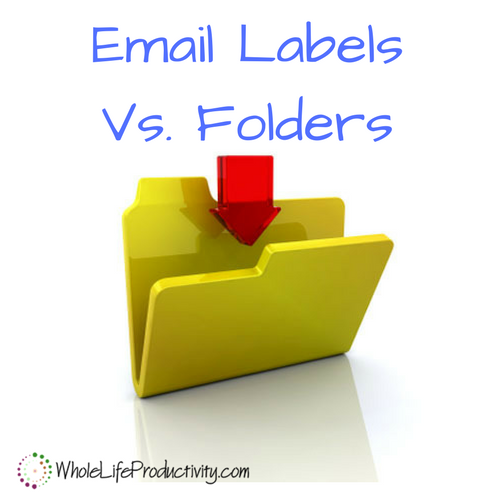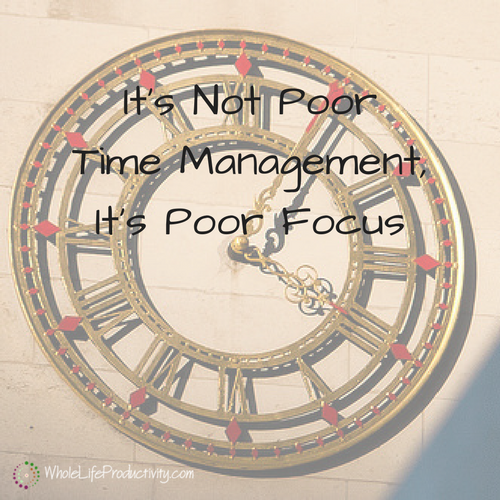
Email Labels vs Folders: An Explanation
If you file something, and can’t ever find it again, you don’t have a filing system, you have a pit.
This applies not only to paper, but also emails and computer files. Since we’re looking at email today, I wanted to give you the foundation knowledge of how email can be filed.
The nature of what I do for a living generates a ton of emails. Add in the blogging and the various volunteer positions, and I receive more than 300 emails a day. It used to be that I couldn’t find things once they hit my email inbox and I took a first look at them. But then I discovered how to file them, and I rarely lose email now. It all starts with an understanding of labels and folders.
If you file something, and can’t ever find it again, you don’t have a filing system, you have a pit.
Labels vs. Folders
Labels are a way to classify, sort, and find your emails. Folders are also a way to classify, sort and find your email.
The best way to describe what labels are is to start with what they are not.
Labels Are Not Folders
Some email programs (e.g. Outlook) allow you to sort and store email in folders. These folders sit under the mail inbox, or perhaps in another archive you have created. You can nest these folders deeply and keep your email organized.
This is very similar to how we are used to storing paper in filing cabinets, and storing files in folders on our computers. Your email can live in only one folder at a time.
On the other hand, an email can have multiple labels. It isn’t storage based – it is really a label on the email.
The confusion comes in when programs (like Gmail) that use labels show the labels as folders.
A Paper Example of Folders
Let’s look at this concept from a physical perspective: paper and file folders.
Let’s say you have an article about the care of puppies and kittens. If you put that article in a folder called Dogs, you will need to remember to look in the Dogs folder to find it.
You will not find that piece of paper in another folder called Cats. If you want to find the article there, you would have to make a copy of the article and put it in the Cats folder. You would have two physical copies of the article in your files.
This is the same with email folders. A single email can exist in only one folder, and if you want it in another, you need to make a copy and put it in there.
The down side to this is if you make copies of emails frequently in the hopes of being able to find things, you will have duplicate email littering your email folders. And if you forget to file an email in one of the multiple folders, you won’t be able to find it. If you delete an email from one folder, it doesn’t take care of the duplicates, and you can quickly end up with a huge mess.
Labels take care of these problems.
A Paper Example of Labels
Think of labels as sticky notes. If you have an article on the care of puppies and kittens, you could put two sticky notes on it, one labeled puppies, and one labeled kittens. In fact, you can put as many sticky notes as you wish on that article, and it remains one article. If you throw out that article, all the labels go with it.
In a physical sense, it would be difficult to find articles in a pile with all the sticky notes on them. But email programs that use labels have search functions that allow you to reliably pull all the email with a given label.
Some Programs Do Both
While Gmail is label-based, and Outlook is folder-based, Outlook does allow you to label your emails as well. However, keyboard shortcuts for labels in Outlook are limited, and the list can get unwieldy to scroll through.
Conclusion
So which method do you prefer? Labels? Folders? Both? Your assignment today (didn’t know there would be homework, did you?) is to see which would make it easier to find your email.
Want To Learn More About Managing Your Email?
If your email could stand some work, check out the Tame The Email Dragon workbook. It will revolutionize how you tackle email.
Image by kenjoey. Licensed under Creative Commons. Text added .




